An ecosystem triggers thoughts of nature, a complex network of organisms of all shapes and sizes, all with different but important roles in keeping the system healthy.
Two thought leaders, Victor Hwang and Greg Horowitt, first applied the term ecosystem to describe entrepreneurship. The two words seem to be unrelated but the stakeholders that support entrepreneurship — entrepreneurs, corporate companies, risk capital, education and government — can act and interact in some of the same ways as a natural ecosystem.
There are many moving parts in an entrepreneurial ecosystem, each unique in some way; changes to one part can affect the others, and sometimes the environment evolves naturally.
In practice, creating an ecosystem may be easier thought of as establishing a community of support and connections with people.
In Des Moines, the launch of the StartupCity incubator in 2011 was a “turning point” for generating enthusiasm about entrepreneurship, said Ben McDougal, a community builder and the Midwest regional representative for 1 Million Cups and the Kauffman Foundation.
1 Million Cups and Gravitate Coworking are other early markers on the timeline of Des Moines’ startup community that were largely driven by people looking to create connection and activity, which McDougal said is one of Iowa’s biggest strengths.
“There’s this sense of ‘I want to help for no reason even though I don’t even know you,’” he said. “And that is [in] other places as well, but it’s really a healthy aspect of what we have in Iowa.”
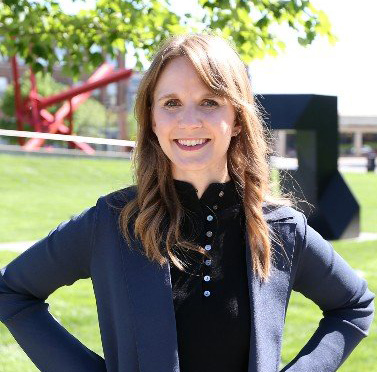
An entrepreneurial ecosystem gets more intricate as it grows, but Diana Wright, startup community builder at the Greater Des Moines Partnership, said having a foundation of entrepreneurs who want to solve problems and create change and a supportive community make the work possible.
For the long-term future of entrepreneurship, communities need some people who are equipped with a “growth mindset,” Wright said. Embodying that as a community means thinking about abundance, like being able to see challenges and picture multiple possible solutions that support positive change.
McDougal said a mindset of abundance in entrepreneurship can also mean developing enough resources for many people to succeed rather than just a few.
“While there are a lot of amazing places, Iowa is ahead of the curve,” he said. “We build at the speed of trust, and that allows more people to do bigger things with less.”
Entrepreneurship is an equalizer — it can begin in any individual or community with an idea, or ideas. Some of the steps to building an entrepreneurial ecosystem need strategy and planning, but the first and fundamental requirement is a culture of building community.
“I think it just takes one entrepreneur and people that are open to being these change agents,” Wright said.
A community of makers and producers
Entrepreneurship is at the core of every business — all household names started small, and today all but 0.7% of Iowa businesses are small businesses, according to the U.S. Small Business Administration.
For Newton, a town of about 15,000 people in Jasper County, the acquisition and eventual exit of Maytag in 2007 spurred entrepreneurship and set the community on a path to reinventing itself.
“When the actual final layoff of Maytag came about, [those] were some of the best years because a lot of those people did entrepreneurial things. … I think that’s just human nature,” said Tanya Michener, associate director of Newton Development Corp. “Sometimes you just have to be forced out of your comfort zone and then you find beautiful things on the other side.”
Initially, Michener said new entrepreneurs zeroed in on challenges around local conservation, which has continued to be important to regional connections and entrepreneurship. But more recently, Newton has discovered a niche for local foods and products.
Its main street features Nancy’s Canned Creations selling 120 varieties of jams and jellies, mercantile store Esther & Co. and enough farms nearby to host a “farm crawl” event to feature the variety of producers in the area.
With the rehabilitation of downtown buildings, Michener said vacancies are down and there is momentum for entrepreneurs to take the leap to a brick-and-mortar space.
Newton has built off the niche by incorporating local makers into arts and culture events and creating events that tour local bars and eateries. A bar crawl on bikes called a Pub Peddle attracted most of its attendees from outside Newton and took advantage of local bike trails.
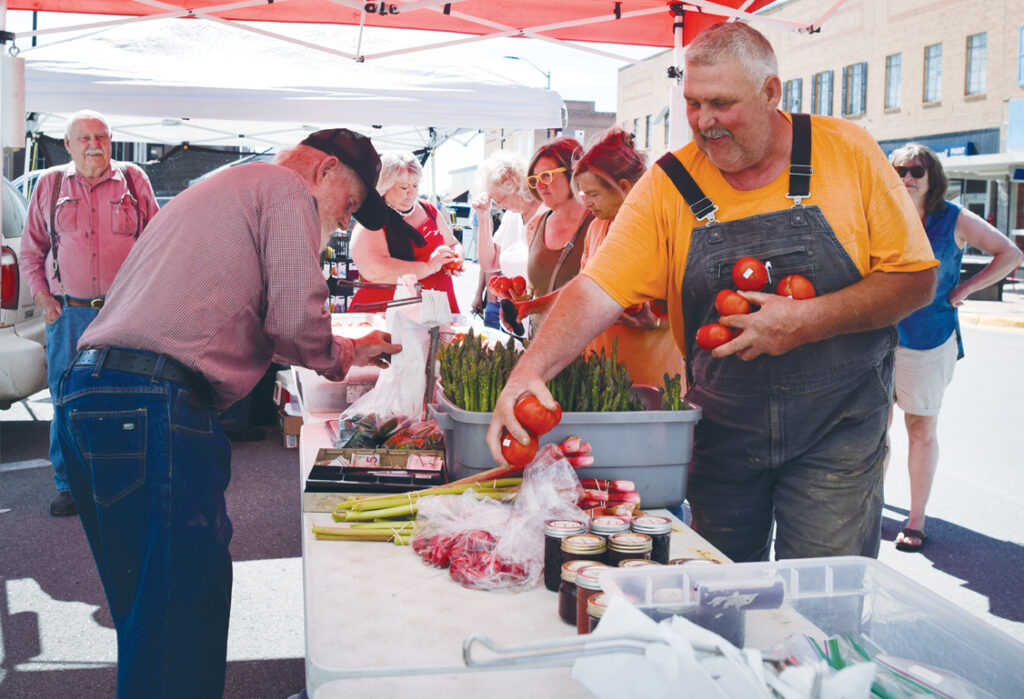
The weekly Newton Farmer’s Market draws vendors offering a variety of produce and artisan foods and products. Photo courtesy of Newton Daily News 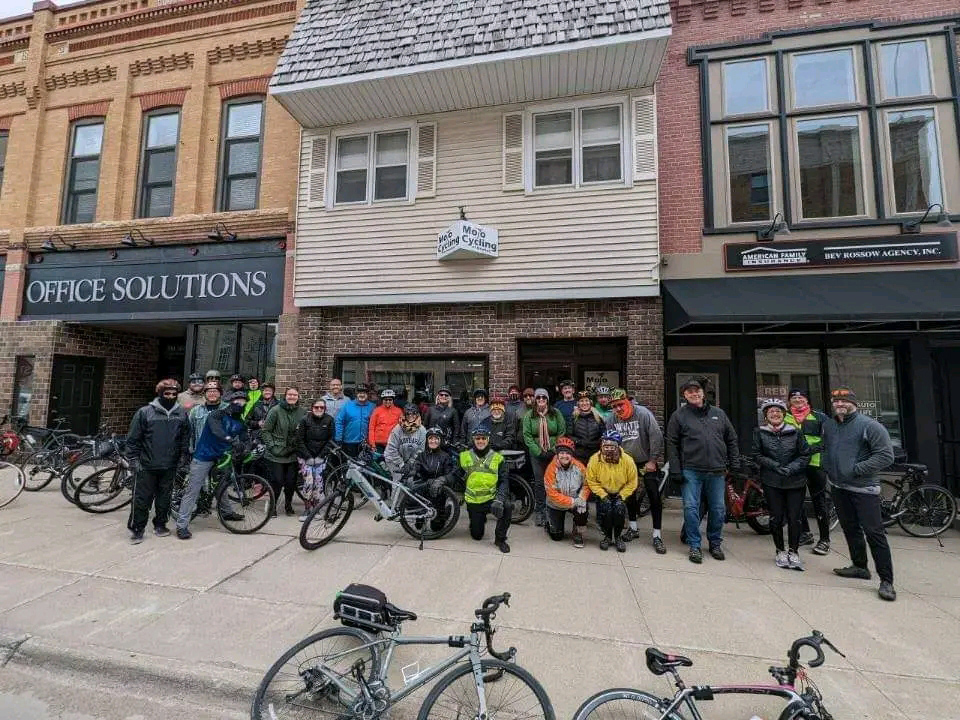
Newton Pub Peddle
Dan Nieland, owner of Nostalgia Wine & Spirits in Newton, has worked with another local entrepreneur to form an ad hoc group that aims to “help [producers] help themselves,” he said.
“Having been a small producer, you kind of feel like you’re on an island,” said Nieland, who is also a small business education specialist for Iowa State University Extension and Outreach. “However, if you bring those people together, there’s a lot of interest.”
Whether the group is connected by industry, geography or identity, Wright said entrepreneurship happens because of these subsets of entrepreneurs and is evidence that everyone in the community needs support.
“How we think about the entrepreneur community is all these smaller pockets, but how they all get bridged together is called entrepreneurship,” she said.
Michener said the pace of creating an entrepreneurial ecosystem is often “one connection at a time” and entrepreneur-support organizations have to assume the role of facilitating them. She said overall, Newton has moved to a mindset of embracing what it is and what it wants to be.
“Jasper County is authentic,” she said. “Things aren’t cookie-cutter. We had to build them and we had to invent it. …I think we’re now getting to the point where embracing our own authenticity and the fact that we like who we are, we like what we have and what we’re doing, and then just telling each other that and sharing those experiences more with each other,” Michener said.
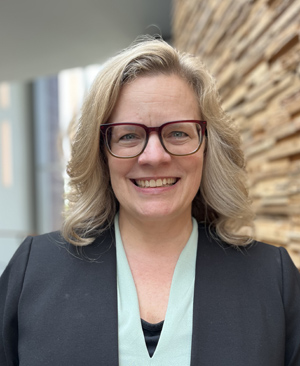
Lisa Shimkat, state director of the Iowa Small Business Development Center, said this shift is reflected in towns across the state.
“We, as a state, and especially our rural areas, have done a great job moving away from defining ourselves as ‘just,’” Shimkat said. “‘We’re just a small town. We’re just one community in this county. We’re just one county in this state.’ Because one person does make a difference.
“Not putting those limits on what your community can do or not putting the limits on what you can do or your business can do is what really allows us to accelerate growth.”
See the need, fill the need
Manning also doesn’t limit itself because it is a rural city. It finds its identity in getting things done and owns it. The motto around town is “see the need, fill the need.”
Jeremy Puck grew up in Manning and said the town has attracted many “future-focused” people in the last 15 years, including some like him who left and came back. He runs his family’s business, Puck Enterprises, which has transitioned from custom manure application and hay baling to manufacturing liquid transfer equipment for the agriculture and oil industries.
He said volunteer-led groups of business owners and community members assemble regularly, often working with city clerk and administrator Dawn Meyer, to address a need or simply add something people want to the community.
“We can bring an idea to Dawn and she’ll have seven people reach out to want to be part of the group to put a splash pad in, for an example, and the funding seems to come with it when you have a group of volunteers who are passionate about something,” Puck said. “We are fortunate that we have money in the area to do these things, but people aren’t selfish with it either.”
A couple of ideas have been larger undertakings with an eye toward making Manning attractive to new residents and businesses. One conversation led to the city’s first hotel, whose investors were interested in providing a community amenity, Puck said.
The hotel opening led to another discussion about starting a new restaurant to help the hotel succeed. When a new fire station was built, Puck took the opportunity (with support from others) to turn the old building into the Level B Grill that is housed there today.
“I think that there’s not really a mindset of ‘that’s not my problem’ or that ‘I don’t need to worry about that,’” Meyer said. “Not everybody can fill every need but there’s definitely wheels turning of how can we fill that need or how can we address that problem?”
Part of what has made this mindset part of Manning’s culture for generations is its location.
“We are out here on our own for the most part … so that helps us, forces us, if you will, to be on our own island and nobody’s coming to save us. If we want something, we have to do it,” Meyer said.
Strong local collaboration is important to building Manning’s community, but the city also leans into formal efforts and partnerships to get more resources for entrepreneurs.
The city’s local revolving loan fund has invested more than $1 million in business retention, attraction and expansion. Meyer said the fund helps the city direct businesses to the resources available through organizations like Main Street Manning, the local Small Business Development Center and Carroll County Growth Partnership.
She said the dedication to finishing each project the community starts can cause some partners to seek them out.
“We preach ‘do what you say and say what you do,’ which is if we say we’re gonna get something done, we’re gonna get it done,” she said. “I think that because of that, people do want to partner with us.”
Puck said Manning’s overarching mission is building and sharing wealth and resources that everyone can use to thrive.
“When you find people that can succeed and bring other people on board and have success, you really do get that success breeds success, and I think Manning is a really good model of that,” he said.
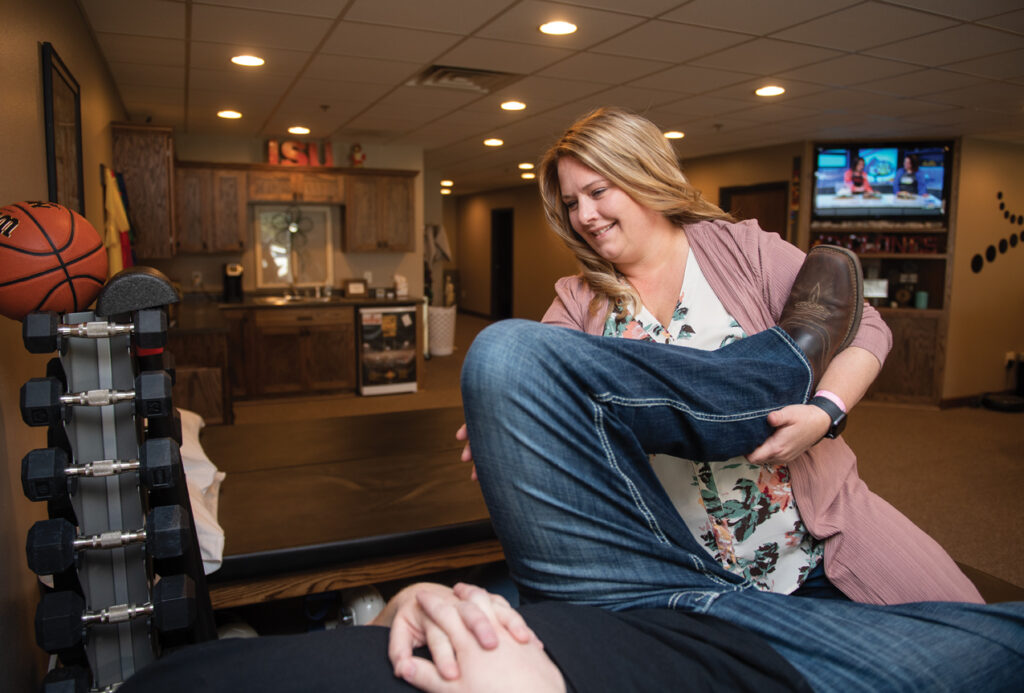
Jamie Blum, owner of Blum Physical Therapy. Photo by Duane Tinkey
Jamie Blum moved back to Manning from Omaha and opened her own physical therapy clinic in 2012. Her decision to open the business opened her eyes to all the available resources as well as the community’s support of entrepreneurs.
“There’s the atmosphere that those business owners that have been around for a while — I definitely got a lot of advice from them on what to do, what to avoid,” Blum said.
The interactions between new and established businesses have an important role to play in every community. Wright said advice and benefits flow both ways as larger businesses can learn about being adaptive and nimble and new businesses can see how to make their products or services interesting to that audience.
Shimkat said some larger businesses are looking harder at innovation in particular, and can consider investing in a new business’s innovation to help it develop the idea. She said private investments can also “leverage additional funding” through the public sector, helping the business grow faster.
Once entrepreneurs have built, they have an opportunity, especially in rural communities, to give back to their communities through philanthropy.
“There’s sometimes a perception that money is in the urban areas and not rural areas, and quite frankly, that’s just wrong,” Meyer said. “It might not come across … but there is wealth, it’s just shown in different ways.”
Blum said a group of women in Manning called Chicks with Checks meets to contribute money to fund smaller local projects at spaces like the school, day care or rec center.
Shimkat said rural towns “have the fundraisers for the schools, for the band, for, you know, all the different things to enhance their way of life, and small business owners are where they go first to ask for those donations. …
“Philanthropic giving really helps keep our communities robust,” Shimkat said. “Like I said, nobody can do it alone. Does everybody agree? Absolutely not. But that is also what challenges us to do better and to go further are those conversations.”
Iowa: A sum of its parts
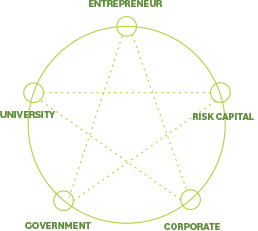
Innovation ecosystem stakeholder model. Illustration by Kate Meyer
Entrepreneurial ecosystems exist in communities of every size, and together they make up Iowa’s statewide community of entrepreneurship.
Shimkat said Iowa is stronger for having communities with different strengths because then “the state is not in silos.”
“You don’t have one county versus another county, which is nice because we also have the mobility — we can drive from one community to another,” she said. “You may have a strong manufacturing sector in one community, and the next community may have a really strong retail sector.”
As in nature, an ecosystem is always evolving. Maintaining an entrepreneurial environment means encouraging new activity and new people while caring for what already exists.
Shimkat said about 10 years ago the Iowa SBDC, along with other statewide organizations supporting entrepreneurship, worked to clarify the roles of each organization and continue to do the same thing periodically to check if any adjustments are needed.
“The last thing you want is an entrepreneur caught in that loop of ‘Oh, we’re not going to help you. You can go over here. Oh, they’re not the ones; you go over here.’ We needed to end that. … Figuring out how you can have that cleaner handoff has been really good for us when it comes to businesses and kind of helping them along that continuum,” she said.
She said for early-stage businesses, there is more Iowa can do by making sure resources get to everyone who needs them.
Wright has led the Iowa Innovation Dashboard initiative, providing data on Iowa’s business activity and the capital going into new businesses. She said as it collects new data each year, the dashboard will ideally identify long-term trends that state leaders can dig deeper into.
Historical data gathered for the dashboard revealed that the rate of new entrepreneurs has declined overall in the last 20 years. How entrepreneurship is perceived is a contributing factor to that change, Wright said.
“I know a lot of people that don’t even call it entrepreneurship and therefore don’t get plugged into our community,” she said. “Perceptually I think we do have a challenge that we need to show that entrepreneurship is a choice, it’s a career.”
When existing entrepreneurs succeed in a community and stay, they become a resource to new entrepreneurs. But those relationships and other resources begin with connections.
“We need to make sure that we keep connecting people, we keep creating those pathways so when an entrepreneur comes into an [organization] … they’re tapped in and they have access to all of those [resources] as they web out,” Shimkat said.
This kind of work requires us to “keep our foot on the pedal,” she said.
“I think that it’s nothing that you can ever just set the cruise control on,” she said. “It’s something that’s constantly evolving, and you need to keep pushing the boundaries to see where we can take it next year, and the year after that. There’s so much potential out there.”
